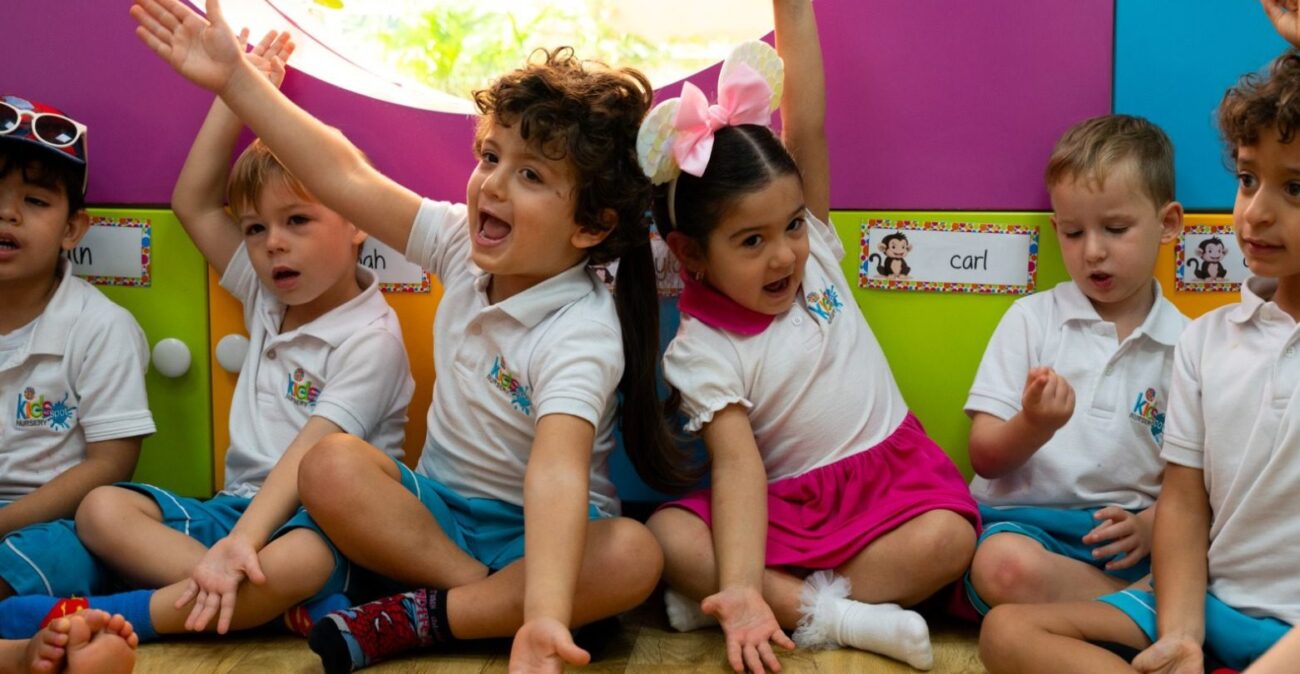Contents
- 1 Introduction
- 2 Why Early Childhood Education Matters
- 3 Developmental Milestones and Brain Science
- 4 Hallmarks of a HighQuality Program
- 5 The Teacher’s Role as Facilitator
- 6 The Parent Partnership
- 7 Trends Shaping Modern Pre Schools
- 8 Choosing the Right Pre School
- 9 Measuring Success Without HighStakes Tests
- 10 Conclusion
Introduction
The first five years of life are a whirlwind of discovery. During this period a child’s brain forms millions of neural connections that shape cognition, language, and socialemotional health. Pre school—an educational setting designed for children aged three to five—harnesses this explosive growth in a structured yet playful environment. Far from being “just daycare,” a highquality program nurtures curiosity, resilience, and a love of learning that will echo through primary school and beyond.
Why Early Childhood Education Matters
Decades of longitudinal studies—from the Perry Preschool Project in the United States to contemporary research in Asia and Europe—confirm that children who attend welldesigned preschool programs are more likely to read proficiently by third grade, graduate from high school, and even enjoy higher lifetime earnings. These benefits result from three interconnected gains:
- Cognitive Development: Engaging activities such as storytelling, block building, and rhyming games stimulate language acquisition and early numeracy.
- Executive Function: Daily routines help children practice selfregulation, impulse control, and flexible thinking—the mental “airtraffic control” system that governs attention and problemsolving.
- Social Competence: Group projects and free play teach empathy, sharing, and conflict resolution, laying groundwork for healthy relationships.
Developmental Milestones and Brain Science
The preschool years coincide with rapid growth of the prefrontal cortex, which supports planning and decisionmaking. Rich sensory experiences—painting with textured brushes, planting seeds, or exploring musical rhythms—activate multiple brain regions simultaneously, strengthening synaptic pathways. Teachers leverage this plasticity by embedding learning in play: counting toy cars down a ramp introduces physics and basic math; dramatizing a favorite story builds vocabulary and imagination.
Hallmarks of a HighQuality Program
Intentional, PlayBased Curriculum
While it may appear spontaneous, effective play is carefully planned. Each activity aligns with developmental goals: sorting colored beads enhances finemotor skills and introduces classification; a pretend grocery store sparks early financial literacy and cooperative negotiation.
Warm, Responsive Teachers
Educators trained in early childhood development observe each child’s interests and adjust lessons accordingly. They ask openended questions (“What do you think will happen if we add more water?”) that invite critical thinking rather than rote answers.
Safe, Stimulating Environment
Classrooms feature childsized furniture, natural lighting, and varied learning centers—art corners, reading nooks, and discovery tables. Outdoor play areas encourage grossmotor development and appreciation for nature.
Inclusion and Diversity
Classrooms that reflect linguistic and cultural diversity foster respect and broaden worldviews. Adaptations—visual schedules, sensory tools, or smallgroup instruction—ensure children with differing abilities can participate fully.
Family Engagement
Regular communication keeps parents informed and involved. Digital portfolios showcase artwork and videos of classroom activities, sparking dinnertable conversations that reinforce learning at home.
The Teacher’s Role as Facilitator
Contrary to traditional lecturestyle teaching, preschool educators act as guides. They model language, scaffold tasks, and observe social interactions, stepping in only when needed to coach conflict resolution. Continuous assessment—through anecdotal notes and checklists—helps teachers track growth in finemotor coordination, phonemic awareness, and social skills without imposing highpressure testing.
The Parent Partnership
Learning does not stop at the classroom door. Simple home routines—reading bedtime stories, cooking together, or sorting laundry by color—extend cognitive and language development. Parents can bolster selfregulation by offering choices (“Would you like the red cup or the blue cup?”) and praising effort over innate talent (“You worked hard on that puzzle!”).
Trends Shaping Modern Pre Schools
STEAM for Tots
Science, Technology, Engineering, Arts, and Mathematics are no longer reserved for older students. Coding robots that respond to color codes and water tables that demonstrate buoyancy introduce complex concepts through play.
NatureBased Learning
Forest preschools and garden projects cultivate environmental stewardship and physical resilience. Studies show regular outdoor play reduces stress and improves attention spans.
Multilingual Immersion
Globalization has sparked demand for bilingual programs. Songs, stories, and daily routines conducted in two languages enhance executive function and global awareness without overwhelming young learners.
SocialEmotional Curricula
Programs like Conscious Discipline and Zones of Regulation give children language to label emotions and strategies to manage them—tools that correlate strongly with future academic success.
Choosing the Right Pre School
- Observe a Class in Session: Look for engaged children, purposeful play, and teachers kneeling to eye level when speaking.
- Ask About Teacher Credentials: Certification in early childhood education and ongoing professional development signal commitment to best practices.
- Inspect Safety and Cleanliness: Childproofed outlets, clear emergency procedures, and hygienic meal areas are nonnegotiable.
- Review Curriculum Philosophy: Whether Montessori, Reggio Emilia, Waldorf, or a hybrid model, ensure it aligns with your child’s temperament and your family values.
- Consider Logistics: Location, schedule flexibility, and tuition structure must fit practical realities.
Measuring Success Without HighStakes Tests
Young children’s growth is best captured by portfolios, teacher observations, and developmental benchmarks. A photo of a child proudly holding a selfwritten name tag or a recorded recitation of a favorite poem offers richer insight than bubblesheet scores.
Conclusion
Preschool is not merely a preparatory stage for “real” schooling; it is the bedrock upon which intellectual curiosity and emotional resilience are built. In nurturing environments led by responsive educators, children learn to question, collaborate, and innovate—skills essential for navigating the complexities of the twentyfirst century. By investing in highquality early education, societies plant the seeds of a more informed, empathetic, and creative citizenry—proof that the smallest students can indeed make the biggest impact.
